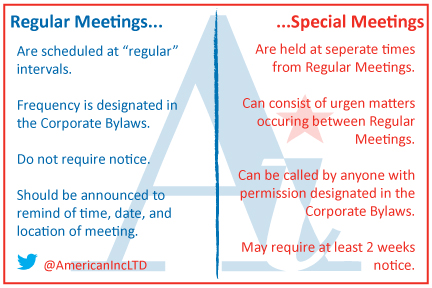Choosing the right business structure is fundamental to your company's success. It affects your legal liabilities, tax obligations, and the ability to attract investment. Here’s a detailed look at the pros and cons of each major business structure.
LLCs (Limited Liability Companies)
- Pros: LLCs provide owners with limited personal liability while offering flexibility in taxation. They are not subject to the double taxation seen in C-Corporations, as profits can be passed through to owners' personal tax returns.
- Cons: LLCs might not be suitable for businesses planning to go public or seeking external equity funding, as investors might prefer the traditional stock structure of a corporation.
- Pros: S Corps offer pass-through taxation and protect owners from personal liability. They also allow for investment through the sale of stock.
- Cons: S Corps have strict criteria, including limits on the number of shareholders (100 max) and shareholder residency requirements.
- Pros: C Corps provide the strongest protection against personal liability and have no restrictions on the number of shareholders. They are ideal for businesses that plan to go public or seek significant external funding.
- Cons: The major drawback is double taxation—once at the corporate level and again at the shareholder level on dividends.
- Pros: Easy to establish and operate, partnerships allow for shared decision-making and burden-sharing among partners.
- Cons: Partners are jointly liable for business debts and liabilities, which can expose personal assets to risk.
Each business structure has its specific benefits and challenges. Your choice will depend on factors like your industry, size, and business goals.
Some structures are created by a specific filing with state authorities (LLCs and Corporations), others by subsequent filings with the IRS (S-Corps are the same as C-corporations until they file a tax election with the IRS), and some are created with an idea and/or agreement between individuals (sole proprietors and partnerships).
Unsure which business structure is right for you?
Contact American Incorporators for expert information that can help you determine the best option for your unique business needs or click here to learn more!Call (800) 421-2661 or email us at info@ailcorp.com

 Call:
Call:  Live Chat
Live Chat
 Companies Seeking to Incorporate
Companies Seeking to Incorporate

.jpg?width=240&height=180&name=0002-growth-graph_(1).jpg)


 This week, we’ll be covering the basics of forming a business in Alaska.
This week, we’ll be covering the basics of forming a business in Alaska. 
 An officer can be defined as individuals appointed by the board of directors who are responsible for carrying out the board's policies and for making day-to-day decisions. The necessary positions and duties of officers are typically set forth and stated during the creation of your corporation’s
An officer can be defined as individuals appointed by the board of directors who are responsible for carrying out the board's policies and for making day-to-day decisions. The necessary positions and duties of officers are typically set forth and stated during the creation of your corporation’s 





